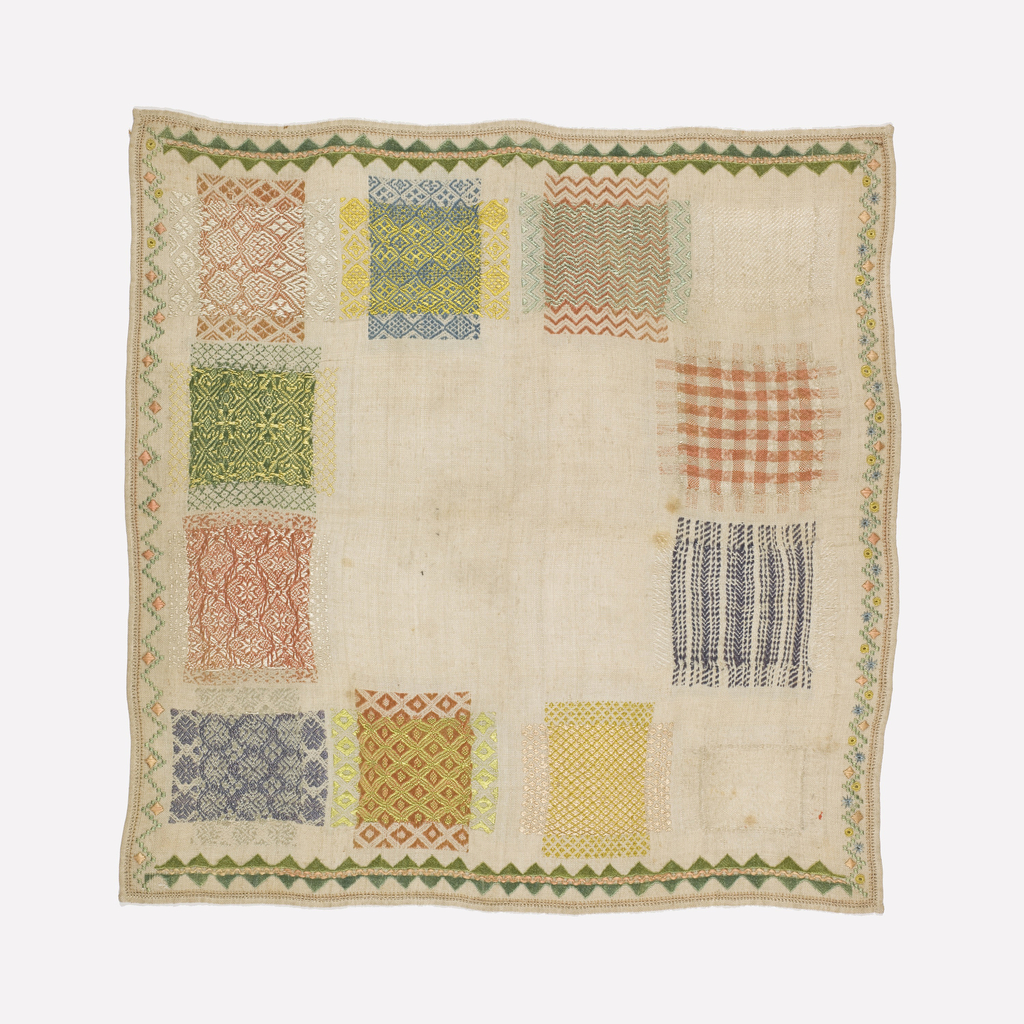To Darn or Not to Darn
- Ashley Webb

- Apr 14, 2020
- 3 min read

April's dress of the month, which will be posted next week (I'll leave you in suspense on what it might be), contains some darning, so this post is more of a research post and a discovery of what I've learned, and is for myself more than anything. If you're younger like me, you're probably in the same boat I was - I knew darning existed, but I never fully understood what it meant. I've always heard of women darning their husbands' socks during the American Civil War and before, but
Darning is the act of mending a hole or a garment with a series of crossing or interwoven stitches.
An 1882 definition from the Caulfield & Saward's Dictionary of Needlework provides a more historical definition - stating that the "term [is] used to signify the method employed for the reparation of any textiles, whether by loom or hand manufacture, by substituting a web by means of a needle."
If you're interested in any type of needlework, be it lace, embroidery, or fancy darning, you should really check out The Dictionary of Needlework. The above is image is only two pages, and the images are beautiful (even if they are in black and white). The Dictionary of Needlework is super informative, and gives you a true appreciation for all the work that went into creating decorative items before they were mass produced!
So with these definitions in mind, someone who is darning a hole is creating a new piece of fabric, essentially a patch, with woven threads of a similar color and consistency. For me, this is still hard to visualize.
A pamphlet came out in Britain in the 1940s during World War II about darning with Mrs. Sew-and-Sew, encouraging women to 'Make Do and Mend' what they had, instead of buying new.
This pamphlet really put it into perspective for me, maybe because it's simply put, or maybe because I find resourcefulness such as this fascinating. It's a concept that is pretty much lost in today's materialistic culture. This is a definitely a subject for another day, and one I wouldn't mind exploring...but back to darning!

So, how does one darn? It's an interesting and complex pattern of weaving, using a darning egg or mushroom. These are curved or rounded tools that look exactly like their names entail - eggs and mushrooms. They provided the shape, and helped keep uniform tension in the thread. Darning eggs were usually made of wood, stone, or porcelain, but in the 20th century, if one didn't have an darning egg, the mender could get thrifty and use light bulbs or doorknobs. Apparently, having a darning egg also saves the mender's fingers!
The video below provides a really great tutorial, if you're still having trouble visualizing it the weaving pattern of the patch. Skip ahead to about 3:15 if you don't want to watch all the particulars of what you'd need to get started, etc.
Some people get really creative with it by using various colors or designs for their patches.
Darning is less of a thing that's done today, as I've already mentioned, but historically, it was a very important task for young girls to learn. In both England and the United States, samplers were a way for young girls to both learn their alphabet and stitching techniques, as well as act as a precursor to creating decorative household items needed for a young women to embark on her married life. In the Netherlands, young girls took this practice further by creating darning samplers. These samplers were riddled with holes, in which they then learned systematic, but beautifully creative patterns to mend them.
The above examples are all from the Cooper-Hewitt Museum of Design, and I can't imagine the time and patience it took to finish one of these samplers. Nonetheless, darning was an extremely useful practice to learn, as it was more economical to mend clothes and household linens than to purchase them new.
It's also interesting to note that textile conservators employ similar techniques of darning to repair or stabilize garments. Except that with conservation, the repairs need to be reversible in case in the future new developments identify certain repairs as harmful, whereas with historic repairs (ones not created in a conservation lab), the repairs were made with longevity in mind. Also with historic garments, the repair becomes an important piece of the garment's history. This is such with April's dress of the month, which you'll learn more about next week!



















































Always love to see and read about the "ole days, society is so spoiled now, it's interesting how things were done in the past. Who would think to repair a pair of socks? Everyone I know would throw the them away and by a new pair! Keep the information coming. I am enjoying the past....